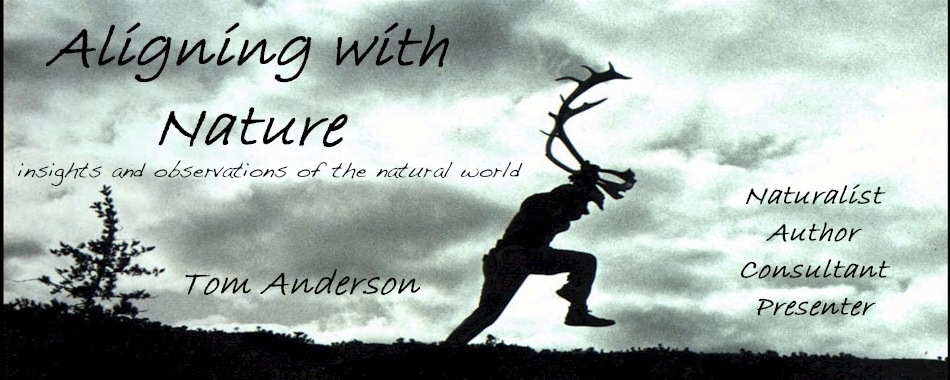Foot Notes

“ Shall we take a walk?”
And with that early morning query, Nels and I would swing our backpacks onto our backs, snug the belt straps tight over our hips, clasp the chest buckle and head out on the trail in dawning light. It was good to start out briskly. We were fresh after a long night in the sleeping bag and moving out warmed us up.
Breakfast would be earned after an hour and a half of hiking. We always tried to stop at a sunny spot, fire up the twig burner to heat water for coffee and oatmeal.
Vagabonds of a sort, we carried the necessities: a small twig burner stove, a single cooking pot, a spoon, bowl and mug, energizing meals, sleeping bags, pads, a single tarp for our shelter, a handful of extra clothes, rain gear, a map, a journal and a thin, small copy of the Mark Twain book, Puddinhead Wilson.
For ten days this became our ritual as we set off on our daily stroll to complete the last 105 miles of the 310 mile-long Lake Superior Hiking Trail. Standing atop the northern terminus of the trail we looked north into Canada, across the sinuous Pigeon River. Only three months earlier we had paddled canoes on that river as we headed to the Grand Portage.
While paddling in a canoe, you can afford the luxury of looking around as you move. Hiking over rugged terrain means you need to scan the ground just in front of you to assess the next few steps while simultaneously being very aware of where you plant your foot.
Each of our feet is built on a framework of 26 bones. Everywhere two bones meet there are joints, thirty three of them in each foot. Each is tied together by a complex network of muscles, ligaments and tendons. It was necessary to take good care of them.
For long stretches of the trail we did not talk at all. During this quiet stroll I couldn’t help but marvel at how a simple, but wonderfully complex, pair of appendages could help our human species spread from Africa, our species evolutionary birthplace, to trek to new lands all over the world.
The trail we were on has steep climbs, descents, boulders, rocks, logs and mud. Sprawling tree roots, particularly spruce, entwine across the trail. We came to call these sections “snake pits.” Then there was the mile and a half of walking in beach gravel along Lake Superior. I find it a minor miracle that even under challenging walking conditions human feet operate smoothly most of the time.
The only time we could sightsee was when we paused. We did so frequently to note blazing fall maples, a moose track, bear shit, a fresh oyster mushroom, a nervous grouse, a palm warbler flitting down the trail ahead of us.

At the end of each day’s trek, Nels and I would sigh as we untied and eased out of our hiking boots. It was blissful to peel away our socks, wipe and rub our feet and sometimes soak them in the cold water of a nearby creek or river Each night we would ascertain how the feet were doing. We noted any hot spots, where blisters painfully announced their potential for discomfort, and taped them the the following morning.

We encountered plenty of day hikers and I counted over 40 other backpackers over the course of nearly two weeks. One of the backpackers, Sarah, a pixyish 29 year-old from the Twin Cities, trudged up the slope to our last campsite of the trip. Jeff, another backpacker from Kansas City, had already joined us at the site. The young woman seemed spent. In short order, while she relaxed at our campfire, we learned that she had left the northern terminus of the trail just two days before. In the span of 48 hours her feet had carried 70 miles! And this was her first time backpacking. She had started the trip with the intent of doing the entire trail, unassisted, in less than seven days.
On the last morning of our hike, with our feet wearing strips of tape, we laced up our boots, settled into our backpacks and Nels predictably asked, “Well shall we take a walk?” I replied, “Why not.” We slipped quietly away from the campsite being careful not to wake up Sarah from her needed sleep.

























